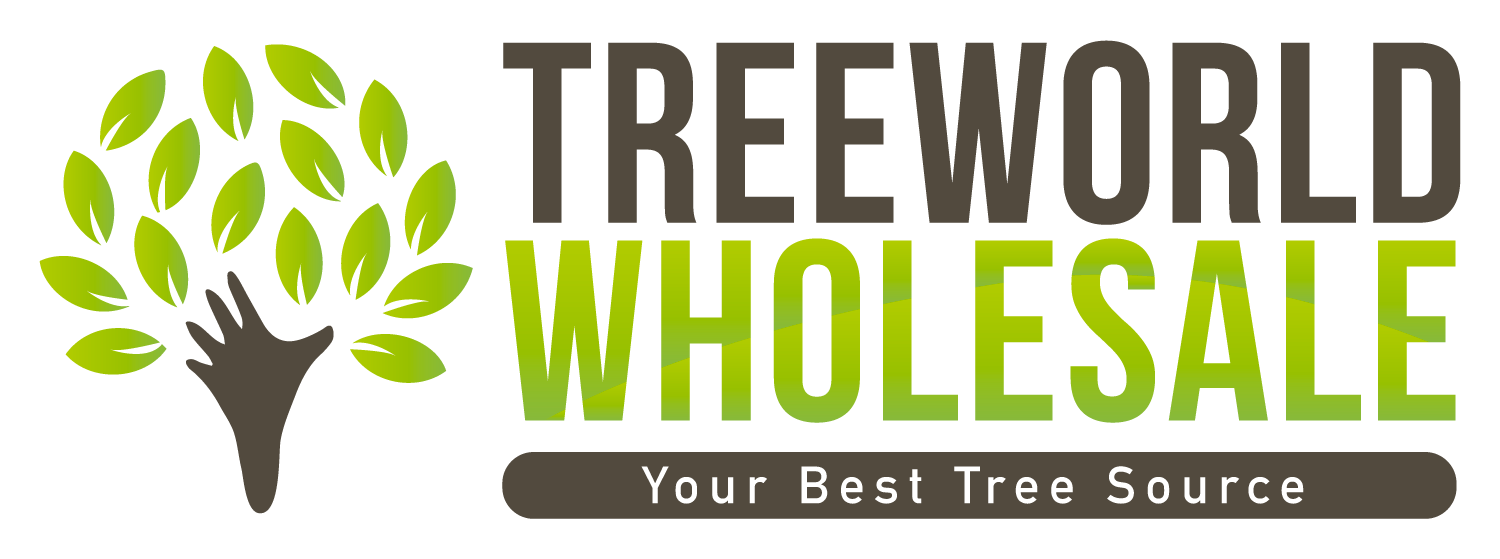A tree bud is a botanical term referring to newly developing shoots which appears at the tip of a stem or in the leaf axil; mainly on the upper area where the leaf stem joins the branch. They are in charge of producing the flower or a shoot.
Tree Buds: Defensive Methods
Reason why, tree buds may be under the protection of scales; or by leaves to protect the delicate organ. Many times the scales in turn exude a gummy substances which serves as a repellant to some insects and birds. In other tree species, the buds are bare, and their protection mechanism is being excessively hairy.
When buds develop, the scales fall off leaving a scar on the growing stem. On a young tree branch, it is possible to determine the age of a young branch by observing the number of annual leaf scar series present.
Buds may develop incompletely and remain dormant for a time, in anticipation of spring or the start of the rainy season; when environmental conditions are favorable to resume growth. In temperate areas with regular seasons, tree leaf and flower bud formation in spring is a notable event; as the bare trees present an unusual appearance with visible bud growth before leaf or flower development. In tropical semidesert areas, especially where the rainy season is irregular; the appearance of new buds on trees and shrubs is used by local people as an indicator that the annual rains are about to begin.
Tree Buds Role
Buds contain energy reserves in the form of nutrients and sugars for the growth of leaves or flowers; and are therefore they are an attractive animal food source. In temperate zones, buds appear when other food sources are scarce.
Besides, aphids can infest tree buds, their presence advert by fuzz on bud tips. Fruit trees and garden vegetables are prone to aphid attacks. Powdery mildew is another insect pest attacking buds and in some areas is a particular problem of Crepe Myrtles (Lagerstroemia speciosa). Finches and cedar waxwing birds eat buds; along with squirrels which eat confer and oak buds and deer eat those of red maple (Acer rubrum).
Excessive bud predation can be a serious problem, stunting tree growth. Pesticide insect control measures are known and ladybirds can help control aphid populations. And sometimes by the application of retardants or netting trees can be secure from animals.
Buds and Humans
The buds of a number of trees are also human food, such as those of red bud, birch and beech. A well-known example is the caper bush from which flower buds are harvested and pickled. As buds are common as salad ingredients. And the dry flower buds of the clove tree are the source of that tropical spice.
Tree buds have a role in plant propagation as well. A dormant leaf bud can be excised from a tree and inserted into a slit in the bark of another tree and bound with tape. This is a common practice in fruits trees when growing a popular variety may have root disease problems. By grafting a bud onto a tree with healthy resistant roots the problem improves. However, the process must be continuously.
Curious to learn more? Read our article on the importance of native trees!



